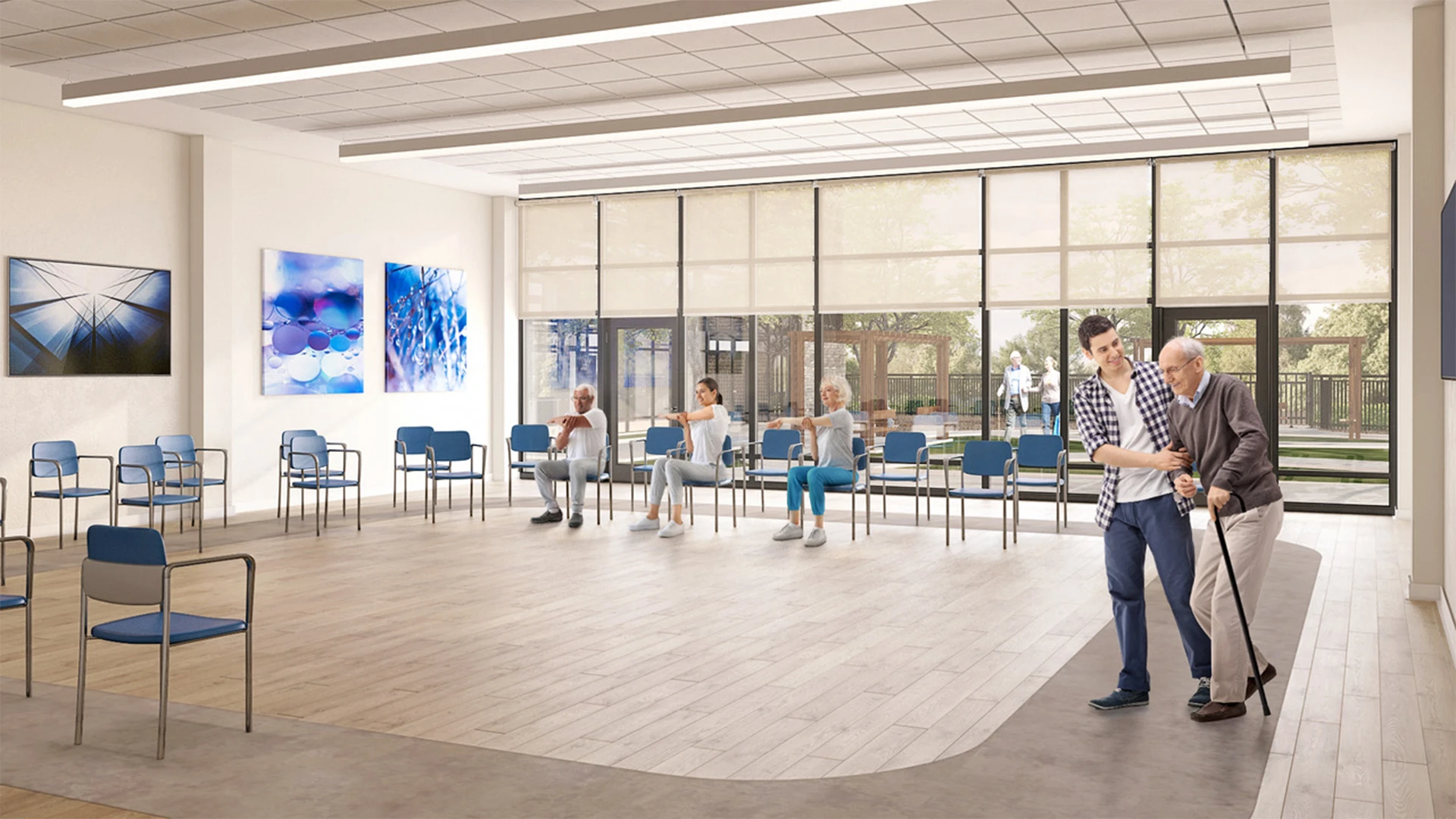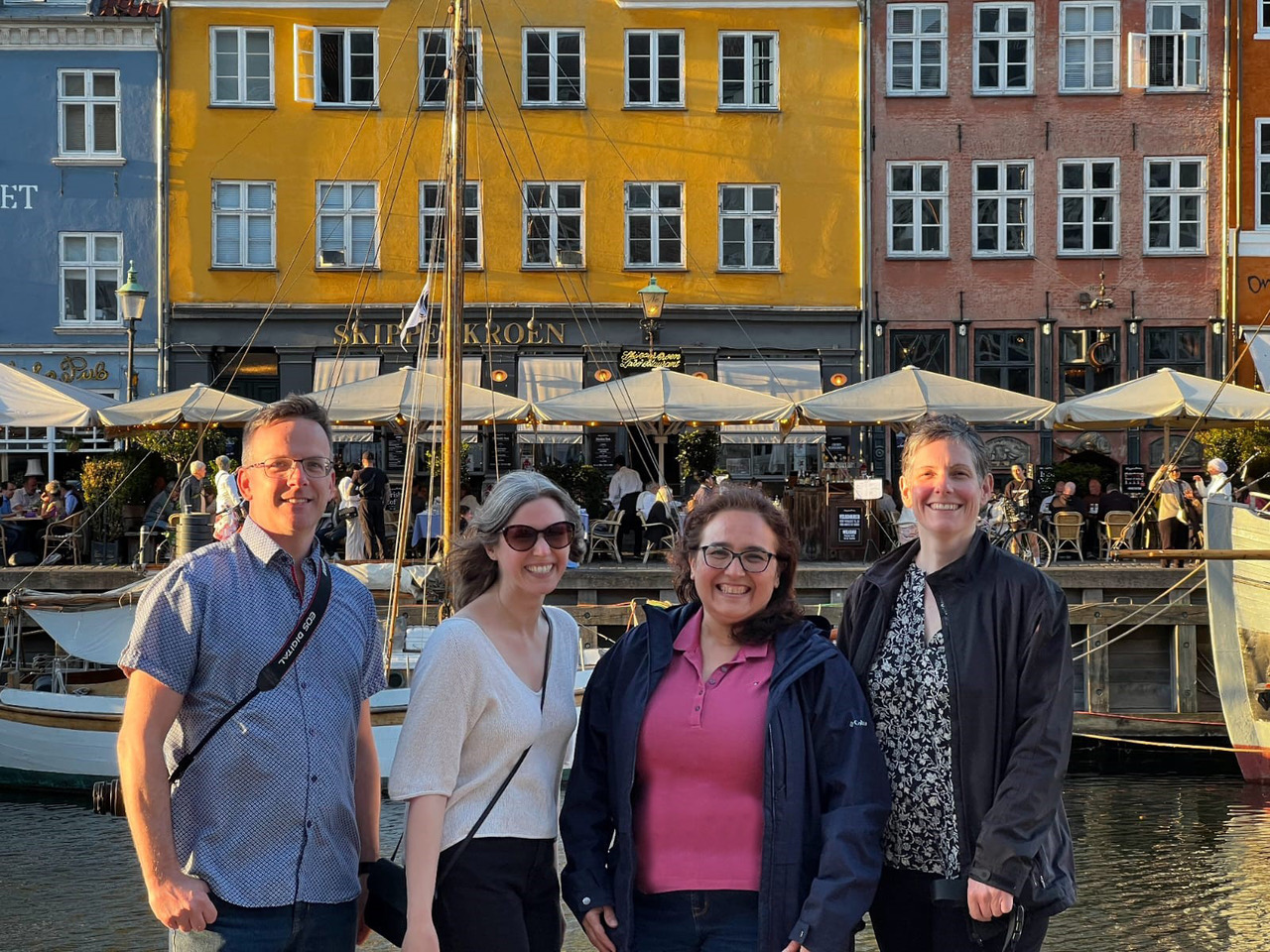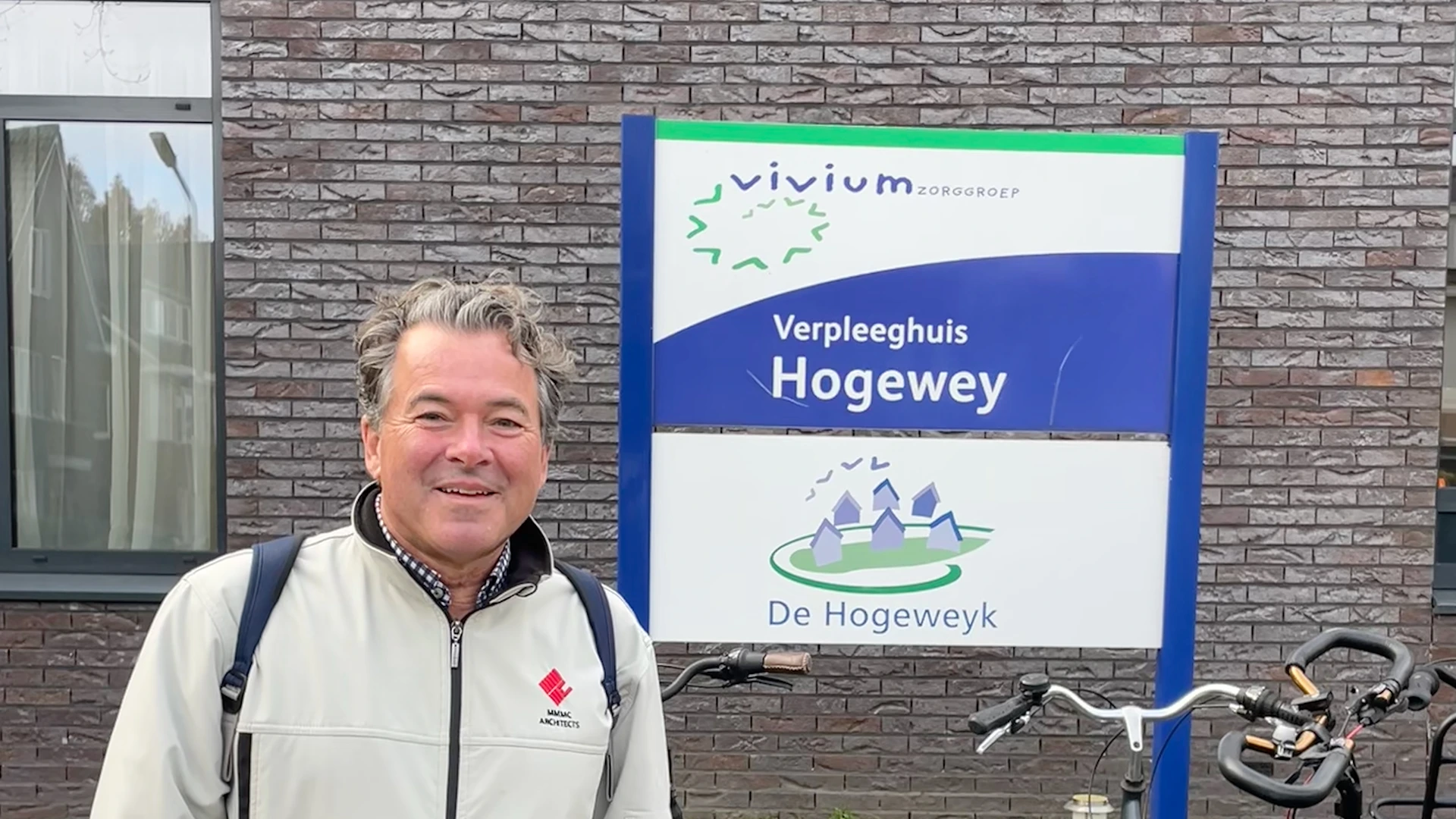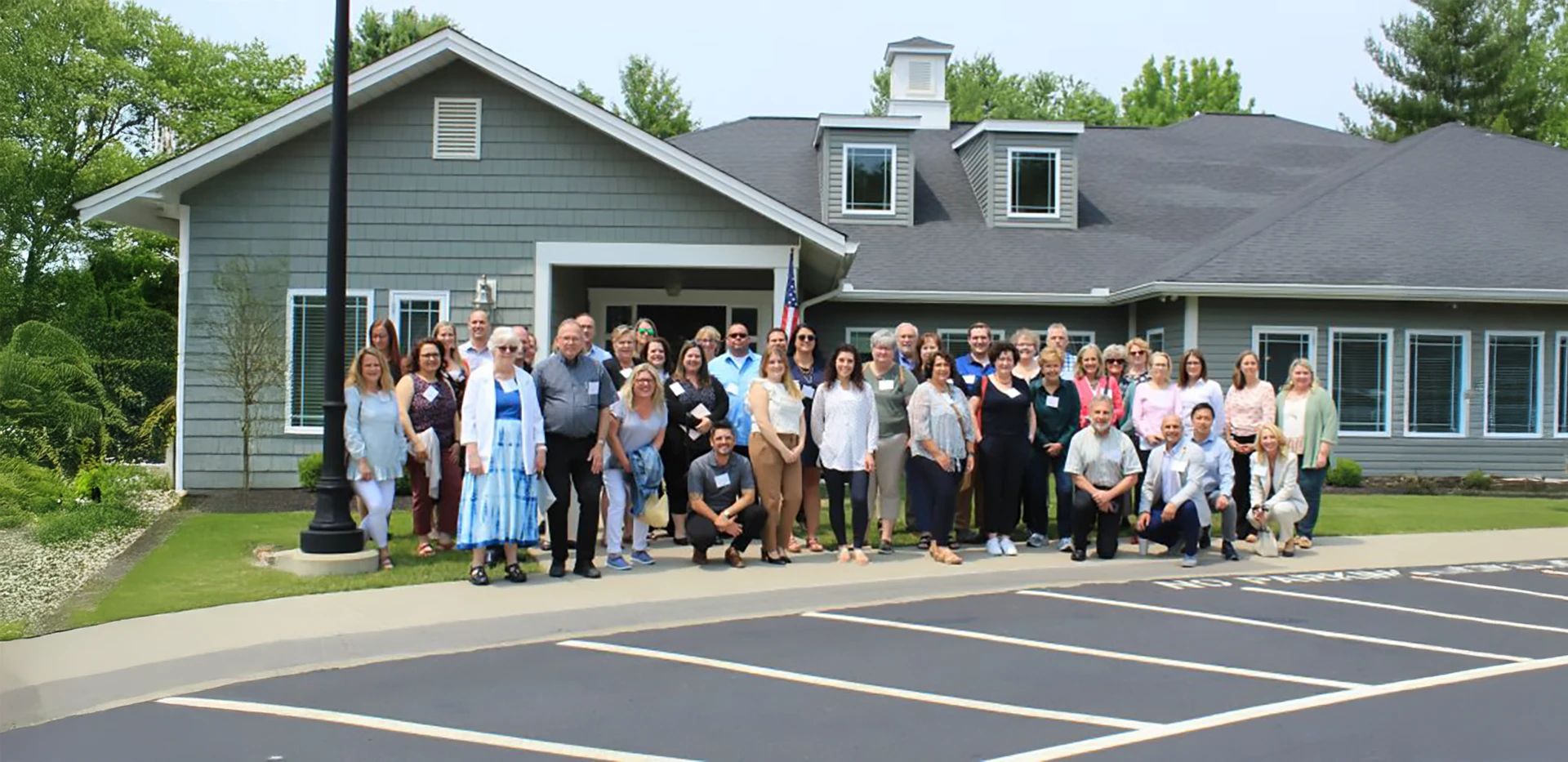Niagara Region’s Gilmore Lodge and Linhaven Long-Term Care Homes on Track to Achieve WELL Silver
Demonstrating leadership, the Niagara Region is pursuing WELL Building Standard certification at the Silver level for both the Gilmore Lodge (Fort Erie) and Linhaven (St. Catharines) projects. These will be the first long-term care homes in Canada to achieve WELL Building Standard certification.
The Niagara Region had originally planned to seek LEED certification for the redevelopment of the two long-term care homes, however, the Return on Investment analysis did not support LEED. Rather, at the Master Planning Stage for both projects, Craig Newsome of MMMC suggested the Region consider WELL Building Standard Certification (WELL) instead as it has an expanded focus on health and well-being, more relevent to a long-term care setting.
The WELL Building Standard is a performance-based system for measuring, certifying, and monitoring features of the built environment that impact human health and well-being. The focus on human health being key – 70% of WELL points are derived from operational policies that focus on the well-being of the occupants – and 30% of points are based on the built environment. One of the Region’s big motivators with switching from LEED over to WELL was the positive impact the design would have not only on the residents’ health and well-being, but that of the many staff who work in each home. The Long-term Care sector has long struggled to attract and retain employees, and WELL was anticipated to help the Region with staff retention.
It was with great anticipation that Gilmore Lodge welcomed residents on December 18th, 2024. A beautiful, light-filled home which integrates nature into indoor spaces, includes wellness spaces, fitness facilities, thoughtful outdoor spaces and more, fostering optimal physical, mental, and emotional health for residents, staff, families and volunteers. MMMC is extremely proud to be architects for Gilmore Lodge and await the future opening of Linhaven in 2025.
What is the WELL Building Standard?
Developed by the International WELL Building Institute (IWBI), it is one of the most widely recognized frameworks for creating healthy, sustainable, and people-centered buildings. By focusing on the physical and mental well-being of occupants, WELL emphasizes the intersection of architecture, design, and health.
WELL draws from concepts in various areas, including biophilic design (which integrates nature into indoor spaces), ergonomics, and neuroscience. It encourages design solutions that help reduce stress, increase productivity, and improve overall quality of life. While WELL is primarily focused on human health, it also supports sustainability, such as energy-efficient systems, and low-impact materials.
The Seven Concepts of WELL
WELL is organized around seven core concepts, which cover different aspects of the built environment that impact health. Each of these concepts contains a set of features that can be implemented to support well-being. These features are categorized into performance areas such as air quality, water quality, lighting, and more.
- Air
This concept focuses on promoting clean air quality and reducing airborne contaminants in indoor environments. Features include improving ventilation systems, monitoring air quality, and using low-emitting materials to reduce the risk of respiratory issues, allergies, and other health concerns. - Water
Ensuring access to clean, safe drinking water is crucial for maintaining health. WELL emphasizes high-quality filtration systems, hydration stations, and water quality monitoring. It also addresses the importance of water’s impact on comfort and general wellness, with features such as water temperature control and hydration-friendly designs. - Nourishment
This concept supports healthy eating habits by promoting access to nutritious foods and reducing the prevalence of unhealthy options. Features might include providing access to healthy snacks, nutritional labeling, promoting food sustainability, and encouraging social spaces where healthy eating can be fostered. - Light
Proper lighting is essential for both physical and mental well-being. WELL prioritizes natural daylight exposure, circadian lighting systems (which mimic natural light patterns to regulate sleep-wake cycles), and energy-efficient lighting strategies. It also considers the psychological benefits of well-designed lighting environments that minimize glare and create a positive visual ambiance. - Fitness
The Fitness concept encourages physical activity within the built environment. It supports active design features like staircases that are easily accessible and inviting, gym facilities, outdoor walking paths, and dedicated areas for exercise or relaxation. WELL also considers the importance of promoting movement through design choices that reduce sedentary behaviors. - Mind
Mental health and cognitive well-being are central to WELL’s philosophy. This concept includes features aimed at reducing stress, enhancing mental clarity, and promoting relaxation. The design elements focus on promoting social connections, reducing noise pollution, supporting acoustic comfort, and integrating nature into the built environment (biophilic design). The goal is to reduce cognitive fatigue and improve emotional balance. - Sleep
This concept emphasizes the need for spaces that promote restful, restorative sleep. WELL addresses issues like light exposure, noise reduction, and temperature control to create an optimal sleep environment. Features also include encouraging sleep routines and providing quiet zones to reduce disturbances that affect sleep quality.





